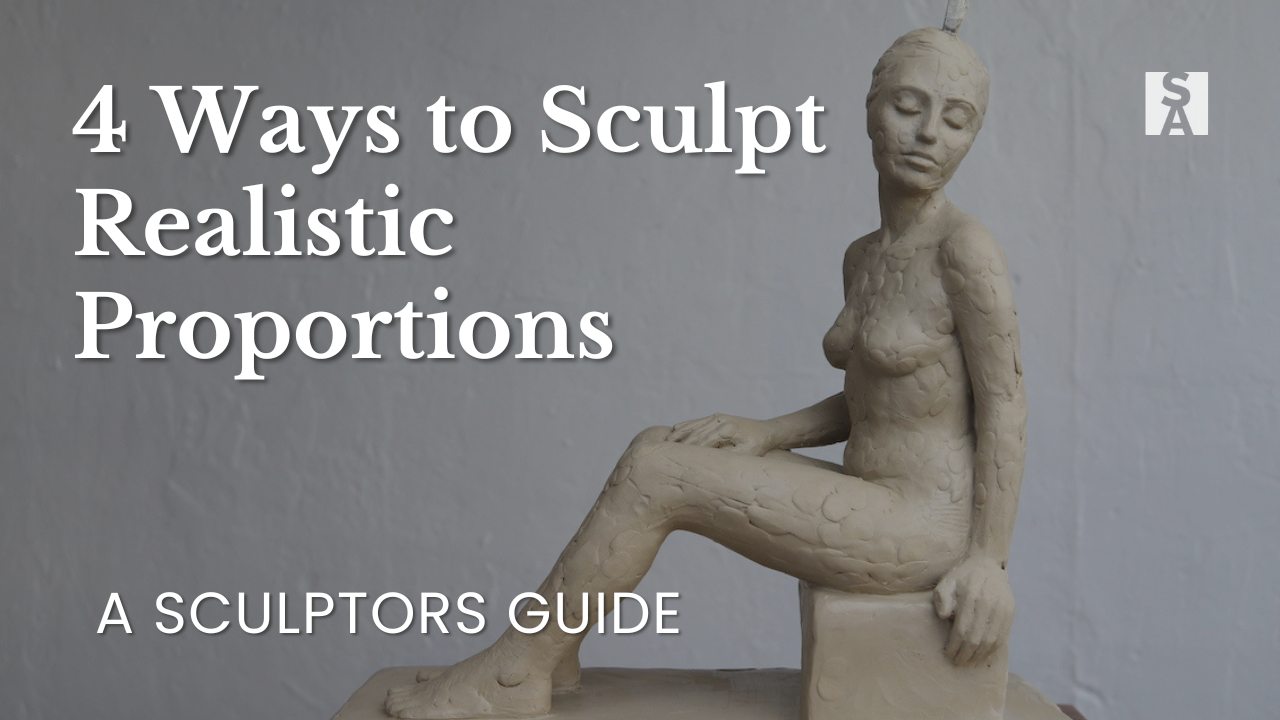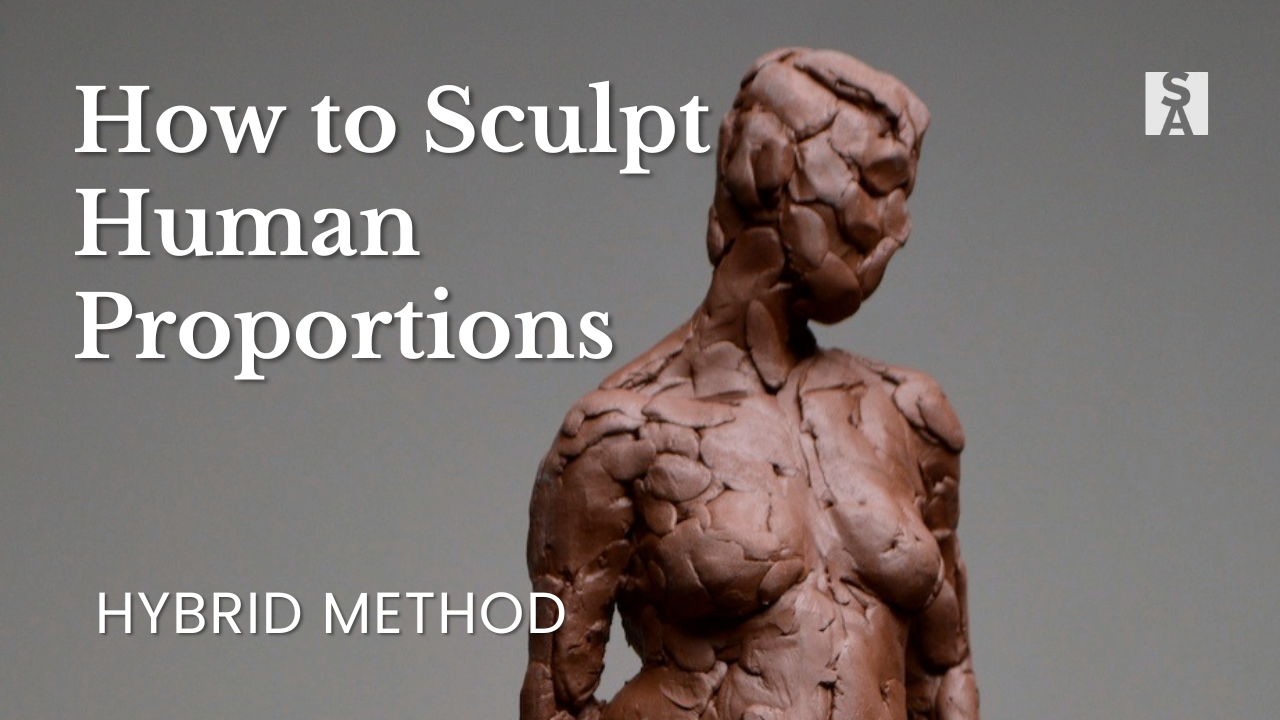How to Use Calipers in Sculpture: A Beginner’s Guide to Accurate Measurements

Used well, calipers help sculptors gain clarity on structure and proportion—without falling into the trap of over-measuring.
1. Why Calipers Matter More Than You Think
If you’re learning to sculpt the human figure, at some point you’ll hear this advice: use calipers.
What most beginners don’t realize is that calipers can be both a powerful ally… and a subtle trap.
Used well, calipers give you freedom. They help you stop guessing, block in forms more confidently, and catch proportion mistakes early so that you can focus on sculpting.
Used poorly, they become a crutch. Some beginners try to measure every little detail, thinking they can caliper their way to a perfect sculpture. It doesn’t work like that.
Yes, you need calipers. Yes, you need to know how to use them.
But no, you can’t skip learning to see form.
2. What Calipers Are (and the Only Type You Actually Need)

There are many types of calipers out there, but for figure sculpture, you only need one: a simple transfer caliper.
This is the kind with two long arms, often made of wood or metal, that let you measure one distance and apply it elsewhere on your sculpture.
Calipers are used for blocking in major proportions, like the width of the shoulders, the height of the head, or the length of the forearm. Their job is to give you scale and spatial accuracy, but not perfection.
3. How to Use Calipers in Figure Sculpture
Calipers are most effective when used to establish large, structural measurements, especially at the beginning of your process. They help you transfer measurements from your model or reference directly onto your sculpture.
However it’s important to note that you are not measuring arbitrarily. You’re identifying key skeletal landmarks and using those to establish height, width, and depth.

For example, if you’re sculpting a head, you might measure:
- The height (from chin to crown)
- The depth (from forehead to the back of the skull)
- The width (from cheekbone to cheekbone)
These types of measurements give you a grounded starting point.
But you don’t stop there. Calipers are useful throughout the process as well. As you work, you can re-check measurements to make sure your forms haven’t expanded, shrunk, or distorted. They help you maintain consistency, especially when you’re adding or removing clay.
4. Common Mistakes Beginners Make
The most common mistake? Trying to measure everything.
When beginners try to use calipers to “fix” every problem, they actually create a bigger one: disconnecting from the sculpture itself.
You’re not building a machine. You’re shaping a form. Measuring every little bump, crease, and contour can kill the energy of your piece and trap you in perfectionism.
The other mistake is measuring without understanding where. If you take a measurement from a soft or shifting landmark, like a muscle bulge, you’ll get unreliable data. That’s why skeletal landmarks matter.
Calipers give you structure… but you still have to know how to see form properly to sculpt.
5. What Size and Type to Buy

Start with a basic metal caliper of 8 or 10 inches. This size is ideal for most tabletop or medium-sized sculptures. It’s large enough to span key distances, but not too bulky to handle comfortably. You don’t need anything fancy to get started.
I include the exact 10 sculpting tools I use and recommend in my free beginner Sculpting Tool Guide below!
6. Grab the Full Tool Guide for More Beginner Essentials
Calipers are just one part of sculpting with confidence.
If you want to see the complete beginner tool kit I’ve used and refined over more than a decade of teaching figure sculpture—including model numbers, what to skip, and where to get them—download the free guide below.
It’s direct, simple, and saves you from buying the wrong tools or too many of them.
Download the Free 10-Tool Beginner Kit PDF

ARE YOU ON THE LIST?
Online Atelier Program for Sculpture:
Master the foundations of traditional clay figure sculpting.
Next Enrolment January 2026.
Enter Your Details Below to Get Notified:
You can unsubscribe at any time.




